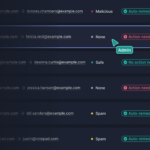Insider Risks
Access Tessian’s library of free data exfiltration posts, guides and trend insights. Acidental data loss, insider threats, and misdirected emails content.
- All Categories
- ...
-
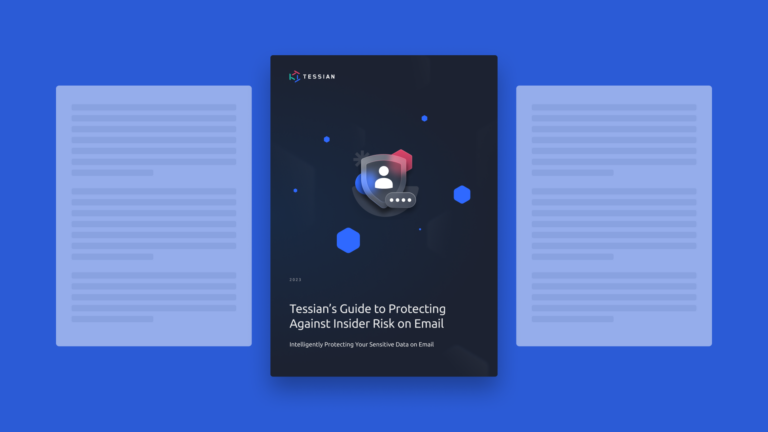 Insider Risks
Insider RisksTaking a Modern Approach to Insider Risk Protection on Email
-
 Email DLP, Insider Risks
Email DLP, Insider RisksReal Examples of Negligent Insider Risks
-
 Email DLP, Insider Risks
Email DLP, Insider RisksWhat is a malicious insider? What are the threats from malicious insiders to your organization – and how can you minimize those risks?
-
 Email DLP, Advanced Email Threats, Attack Types, Insider Risks
Email DLP, Advanced Email Threats, Attack Types, Insider RisksPreventing ePHI Breaches over Email for Healthcare Organizations
-
 Email DLP, Insider Risks
Email DLP, Insider RisksHow Tessian Stops Your Data Leaving When Staff Do
-
 Email DLP, Advanced Email Threats, Insider Risks
Email DLP, Advanced Email Threats, Insider RisksWhat is email security and why it’s important
-
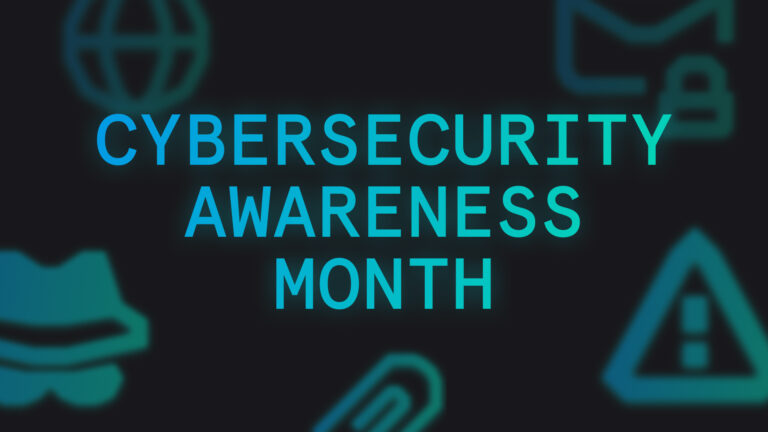 Remote Working, Advanced Email Threats, Insider Risks
Remote Working, Advanced Email Threats, Insider RisksCybersecurity Awareness Month 2022: 12+ Free Resources
-
 Email DLP, Insider Risks
Email DLP, Insider RisksInsider Threat Statistics You Should Know: Updated 2022
-
Email DLP, Insider Risks
Examples of Real Insider Threats And How to Manage Them
-
 Email DLP, Insider Risks
Email DLP, Insider RisksWhat is Data Exfiltration? Tips for Preventing Data Exfiltration
-
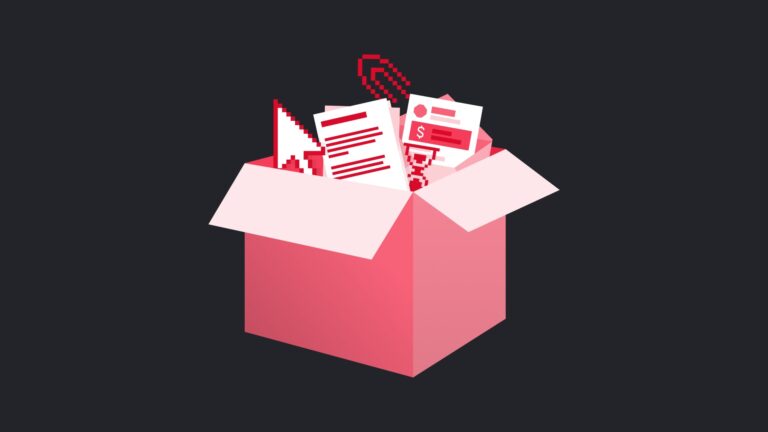 Email DLP, Insider Risks
Email DLP, Insider RisksWhy Taking Your Work With You When You Leave a Company Isn’t a Smart Idea
-
 Email DLP, Remote Working, Insider Risks
Email DLP, Remote Working, Insider RisksHow the Great Resignation is Creating More Security Challenges
-
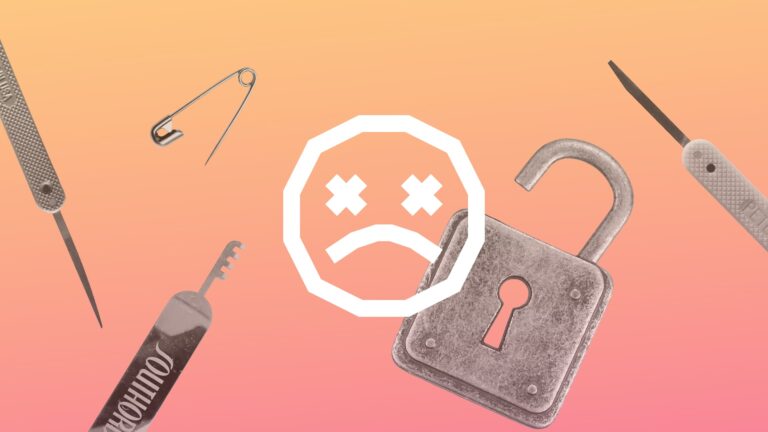 Email DLP, Insider Risks
Email DLP, Insider RisksWhen Your Best DLP Rules Still Aren’t Good Enough…
-
 Email DLP, Remote Working, Insider Risks
Email DLP, Remote Working, Insider RisksKeeping Your Data Safe During The Great Re-Evaluation
-
 Email DLP, Integrated Cloud Email Security, Insider Risks, Compliance
Email DLP, Integrated Cloud Email Security, Insider Risks, ComplianceYou Sent an Email to the Wrong Person. Now What?
-
 Email DLP, Advanced Email Threats, Insider Risks
Email DLP, Advanced Email Threats, Insider RisksMergers and Acquisitions: Why Email Security Must Be a Priority
-
 Email DLP, Advanced Email Threats, Remote Working, Insider Risks
Email DLP, Advanced Email Threats, Remote Working, Insider RisksHow to Keep Your Data Safe in The Great Resignation
-
 Email DLP, Integrated Cloud Email Security, Insider Risks
Email DLP, Integrated Cloud Email Security, Insider RisksWhat is an Insider Threat? Insider Threat Definition, Examples, and Solutions
-
Integrated Cloud Email Security, Email DLP, Insider Risks, Compliance
The State of Data Loss Prevention in the Financial Services Sector
-
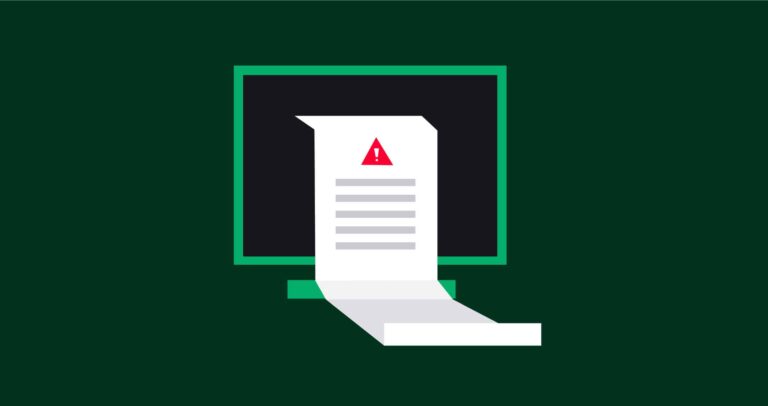 Email DLP, Integrated Cloud Email Security, Insider Risks
Email DLP, Integrated Cloud Email Security, Insider Risks11 Examples of Data Breaches Caused By Misdirected Emails
- 1
- 2


